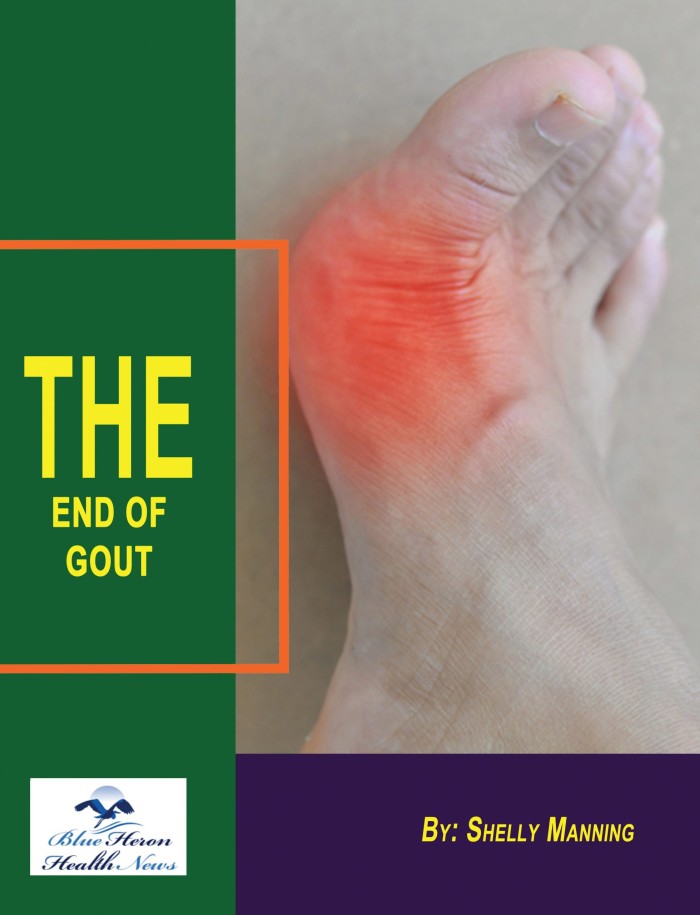
End Of GOUT Program™ By Shelly Manning The End of Gout Program is an intensive lifestyle guide and diet therapy to treat gout. It aids in minimizing and treating the uncomfortable and painful signs of gout naturally and safely. It will teach the impacted everything regarding the condition. This natural program eliminates triggers and factors that give rise to symptoms. The recommendations are honest, effective, safe, and science-based. The program treats you inside out with gout by attacking the cause. By just signing in, you get to access all the valuable information and make your life gout-free. The program has a 60-day money-back too for risk-free use. Several users have expressed their 100 percent satisfaction and results. Give it a try, and you are sure to be surprised by the fantastic results.
Are there different stages of gout?
Gout progresses through several stages, each characterized by specific symptoms and clinical features. Understanding these stages helps in diagnosing and managing the condition effectively. Here are the different stages of gout:
1. Asymptomatic Hyperuricemia
Characteristics:
- This initial stage is marked by elevated levels of uric acid in the blood (hyperuricemia) without any symptoms of gout. At this point, urate crystals may begin to form in the joints, but they do not cause noticeable symptoms.
Risk Factors:
- Individuals with hyperuricemia are at risk of developing gout, especially if they have risk factors such as obesity, high alcohol intake, a diet rich in purines, and certain genetic predispositions.
Management:
- Lifestyle modifications and monitoring uric acid levels are usually recommended, though medication is typically not prescribed unless the individual is at high risk of complications.
2. Acute Gouty Arthritis (Gout Attack)
Characteristics:
- This stage involves sudden and severe attacks of joint pain, often accompanied by redness, swelling, and warmth in the affected joint. The big toe is commonly affected, but gout can occur in other joints such as the ankles, knees, elbows, wrists, and fingers.
Symptoms:
- The pain often reaches its peak within 24 hours and can be extremely intense. The joint may be so tender that even the weight of a bedsheet can be unbearable.
Triggers:
- Gout attacks can be triggered by factors such as alcohol consumption, consumption of high-purine foods, dehydration, stress, and certain medications.
Management:
- Treatment during this stage focuses on relieving pain and inflammation using medications such as nonsteroidal anti-inflammatory drugs (NSAIDs), colchicine, or corticosteroids.
3. Intercritical Gout
Characteristics:
- This stage refers to the periods between acute gout attacks, where the individual may be symptom-free. However, urate crystals can continue to accumulate in the joints and tissues during this time.
Duration:
- The duration of intercritical periods can vary widely, from weeks to years. Without proper management, these intervals tend to become shorter, and attacks more frequent and severe.
Management:
- Long-term treatment strategies may include lifestyle changes and medications such as allopurinol or febuxostat to lower uric acid levels and prevent future attacks.
4. Chronic Tophaceous Gout
Characteristics:
- Chronic tophaceous gout is the most severe form of gout, characterized by the presence of tophi—large deposits of urate crystals in the joints, cartilage, and soft tissues. These deposits can cause chronic pain, joint deformities, and reduced joint function.
Symptoms:
- Tophi can appear as visible lumps under the skin, often around the fingers, toes, elbows, and ears. They can lead to chronic pain and may damage the joints and surrounding tissues, potentially leading to disability.
Complications:
- Chronic gout can lead to complications such as kidney stones, chronic kidney disease, and cardiovascular issues.
Management:
- Aggressive treatment to lower uric acid levels and manage symptoms is crucial. This includes medication to dissolve tophi, reduce uric acid production, and enhance uric acid excretion.
Conclusion
Gout progresses through distinct stages, starting from asymptomatic hyperuricemia to acute attacks, intercritical periods, and chronic tophaceous gout. Early diagnosis and appropriate management are key to preventing the progression and complications of gout. Regular monitoring, lifestyle changes, and medication can help control uric acid levels and reduce the frequency and severity of gout attacks.
End Of GOUT Program™ By Shelly Manning The End of Gout Program is an intensive lifestyle guide and diet therapy to treat gout. It aids in minimizing and treating the uncomfortable and painful signs of gout naturally and safely. It will teach the impacted everything regarding the condition. This natural program eliminates triggers and factors that give rise to symptoms. The recommendations are honest, effective, safe, and science-based. The program treats you inside out with gout by attacking the cause. By just signing in, you get to access all the valuable information and make your life gout-free. The program has a 60-day money-back too for risk-free use. Several users have expressed their 100 percent satisfaction and results. Give it a try, and you are sure to be surprised by the fantastic results.